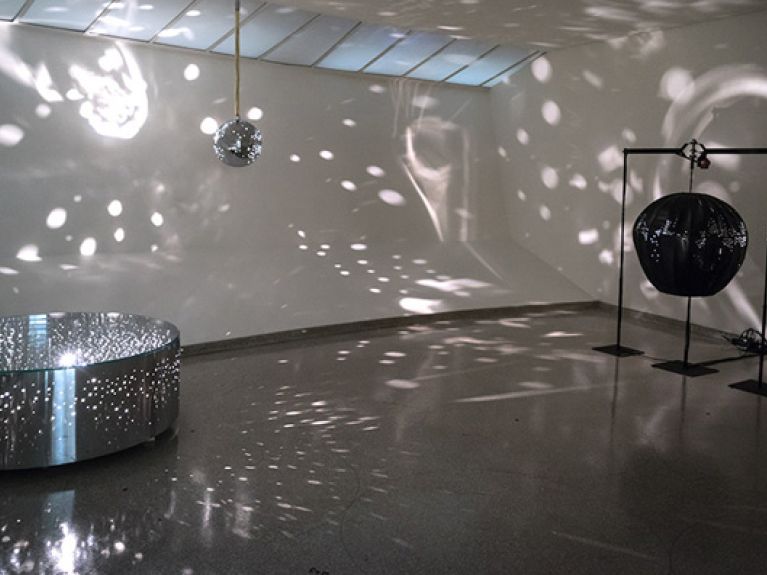Zero hour in art
The Guggenheim Museum in New York shows the German avant-garde group Zero.

Anselm Kiefer at the Royal Academy, Sigmar Polke at the Tate in London, and now the Zero artists at the Guggenheim in New York: the international spotlight is on German art at the moment. The Zero exhibition is a genuine retrospective. The group of artists with Heinz Mack, Otto Piene and Günther Uecker worked under this name from 1958 until 1966 in search of new beginnings after the war. The group name Zero stands for this – a kind of Zero hour in art.
The Düsseldorf group of artists wanted to reduce everything figural, concentrate on the clarity of pure colour and dynamic light vibrations in space. The three artists used different forms for this. Heinz Mack preferred cool, light-reflecting metal as his choice material. Otto Piene concentrated on the impact of colour, and Günther Uecker elevated the nail to the characteristic feature of his work. In 1966 the group disbanded and the artists went their separate ways. More than four decades later, in 2008, the three artists recalled their mutual history, established the Zero Foundation and revived the memory of the movement in the art scene.
“An exhibition of the works in America is long overdue,” says Guggenheim Director Richard Armstrong as he talks about the first comprehensive exhibition of the former avant-garde group to be shown in an American museum. However, only Heinz Mack and Günther Uecker were present at the opening of the exhibition in New York. Otto Piene died aged 86 in July 2014.
ZERO: Countdown to Tomorrow, 1950s-60s at the Guggenheim Museum in New York until 7 January 2015